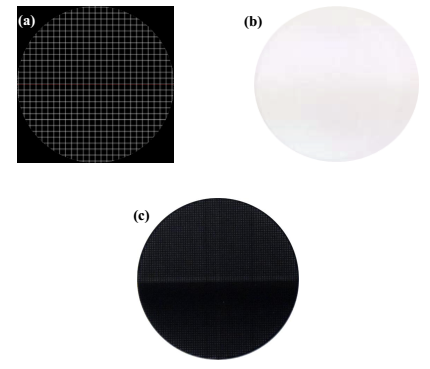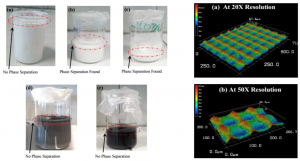Along with natural and synthetic polymers, ceramics are also widely used for scaffold fabrication application in tissue engineering. Ceramic scaffolds are characterized by very low elasticity, high mechanical stiffness and a hard brittle surface. Ceramic materials with specific physiological and biological functions can be used directly in the human body or in applications related to the human body. Thus, in this research a preliminary study was carried out to prepare ceramics-based bio-inks suitable for aerosol jet printing to fabricate 2D scaffolds (conductive and non-conductive) on alumina substrate. The conductive filler is Carbon Black and Carbon Nanotube (CNT). The prepared inks are characterized to estimate optimum printing parameters and analyze printing precision. Moreover, a detailed analysis has been performed to suggest suitable levels of ceramic, conductive fillers and different dispersant in the ink for the best printing performance. Furthermore, the designed scaffolds are characterized in terms of electrical conductivity, optical analysis and biological validation. Thus, ceramics-based sensors have been fabricated and characterized, which can continuously monitor cellular activities on scaffolds and hence provide a non-invasive method for tracking cellular events. Moreover, precise printing of 2D scaffolds with aerosol jet printing is a starting point for future printing of 3D scaffolds via aerosol jet printing, which allows more precise and uniform scaffold fabrication with an advantage of having more porosity control as compared to other fabrication techniques. This research activity is performed in collaboration with the Fraunhofer-Institut für Keramische Technologien und Systeme (IKTS), Dresden, Germany.
a
For more info, please contact Ahmed Khan or Mauro Serpelloni.
a


